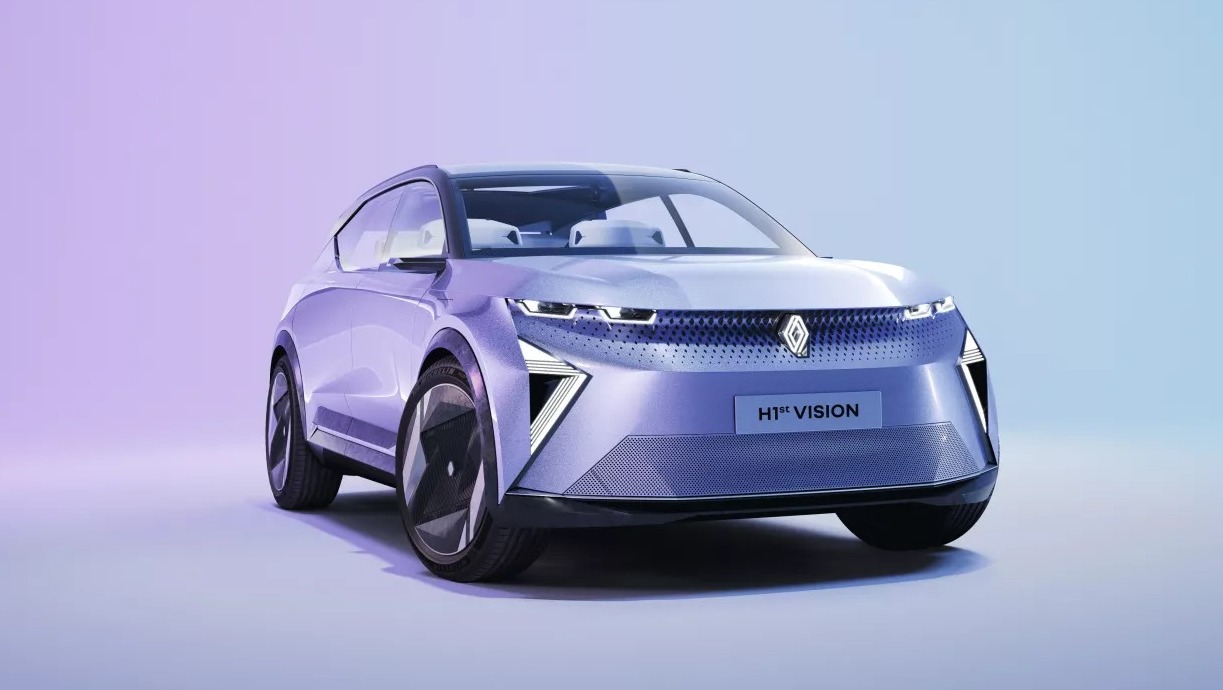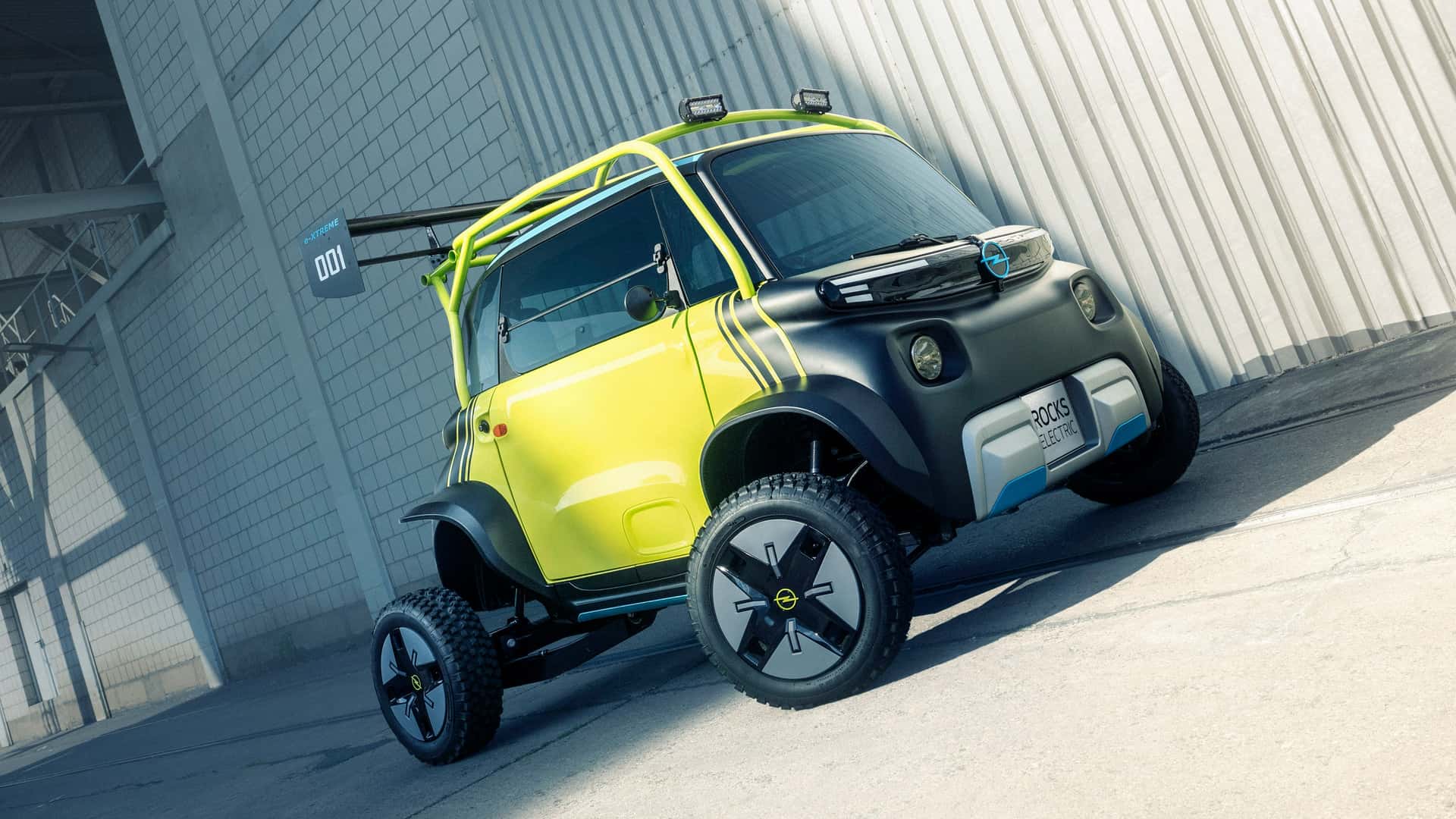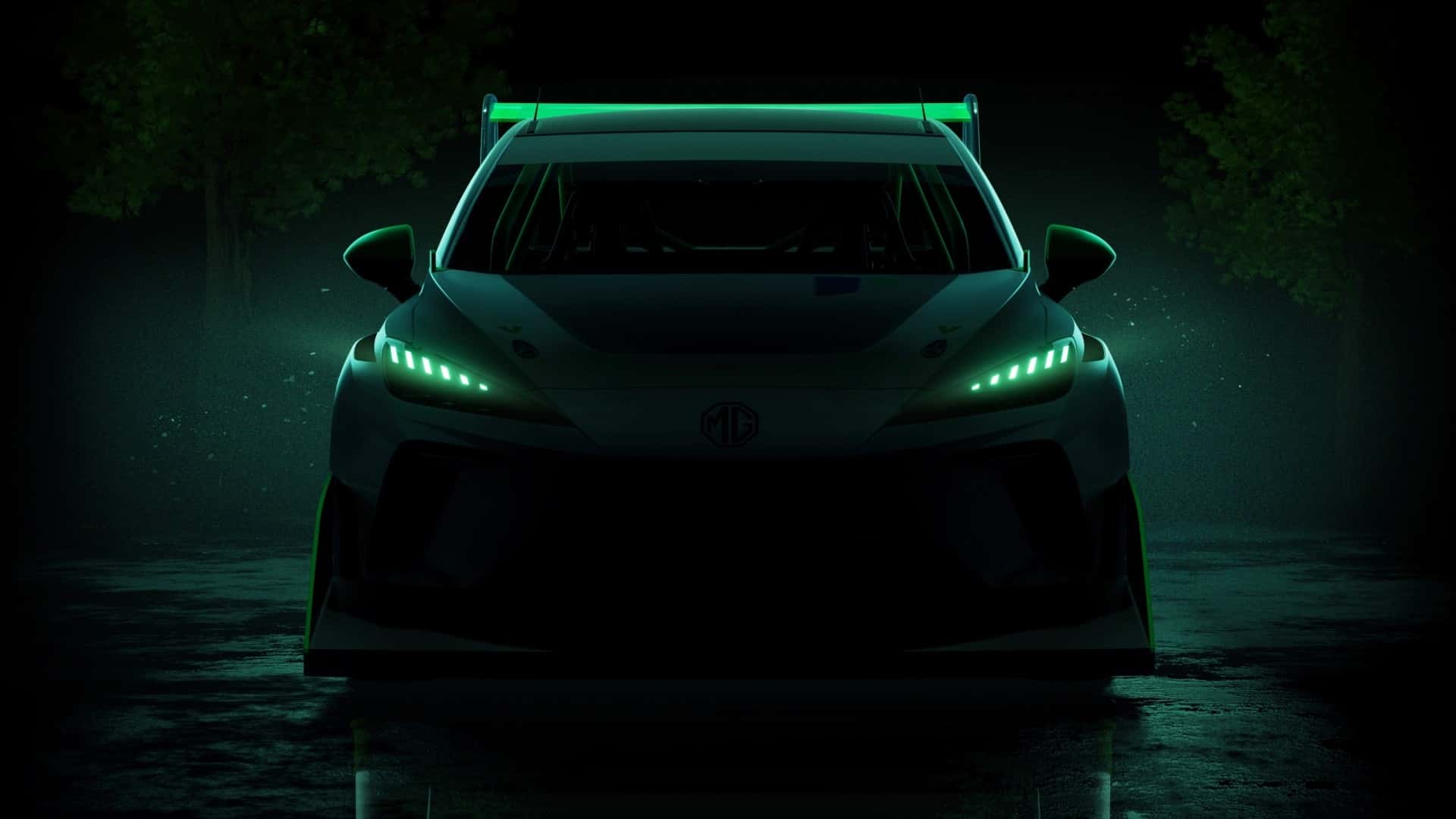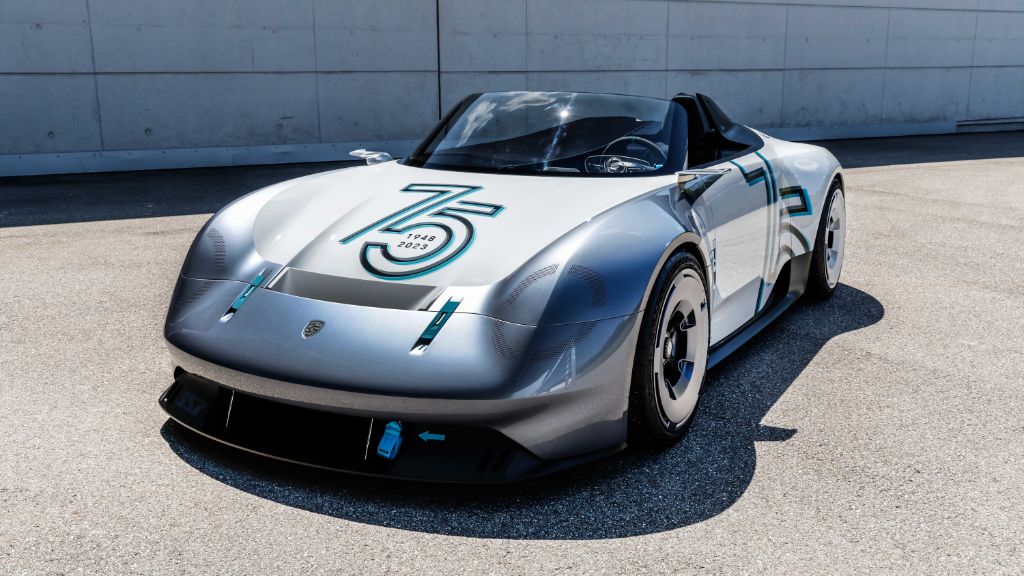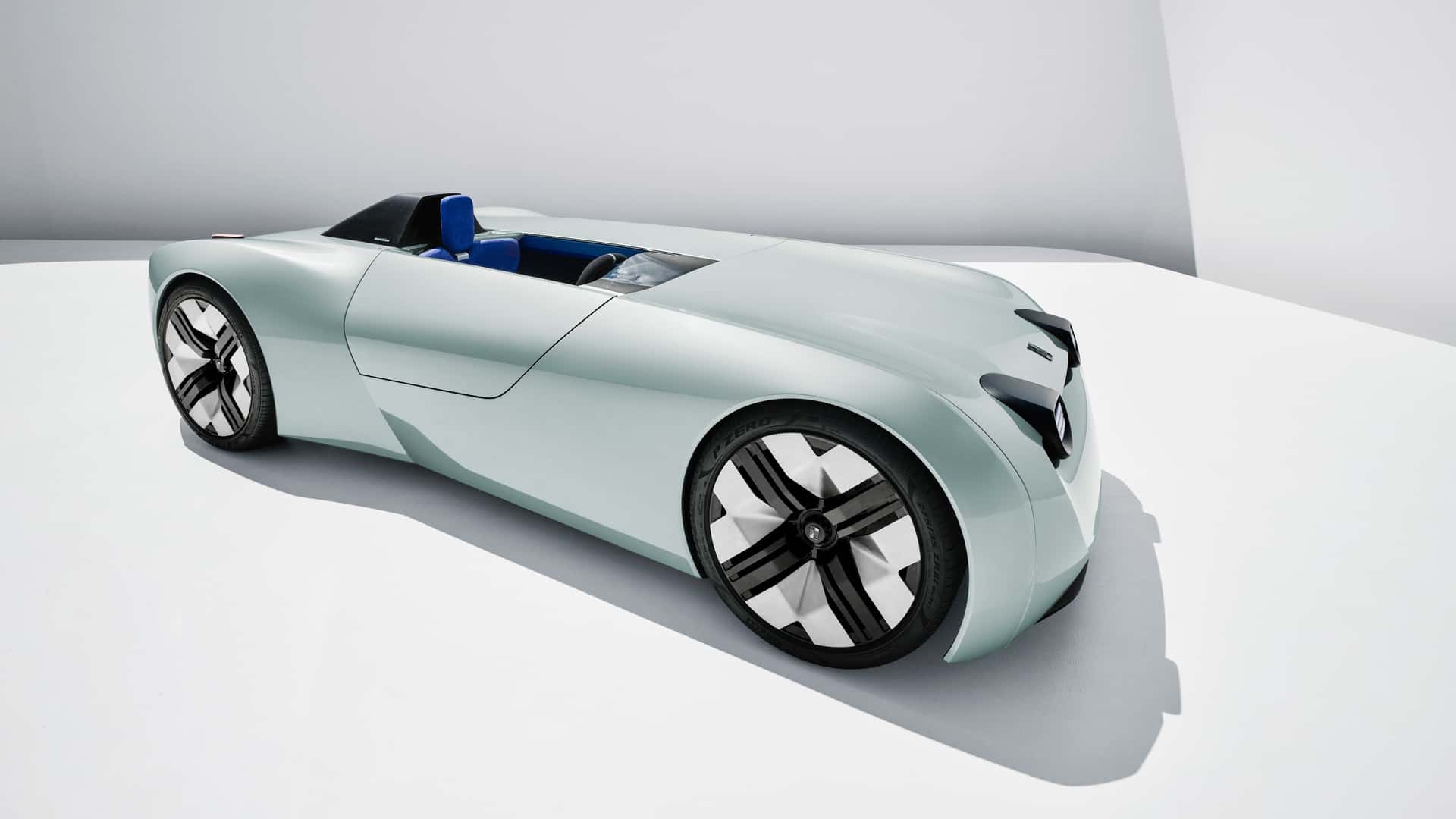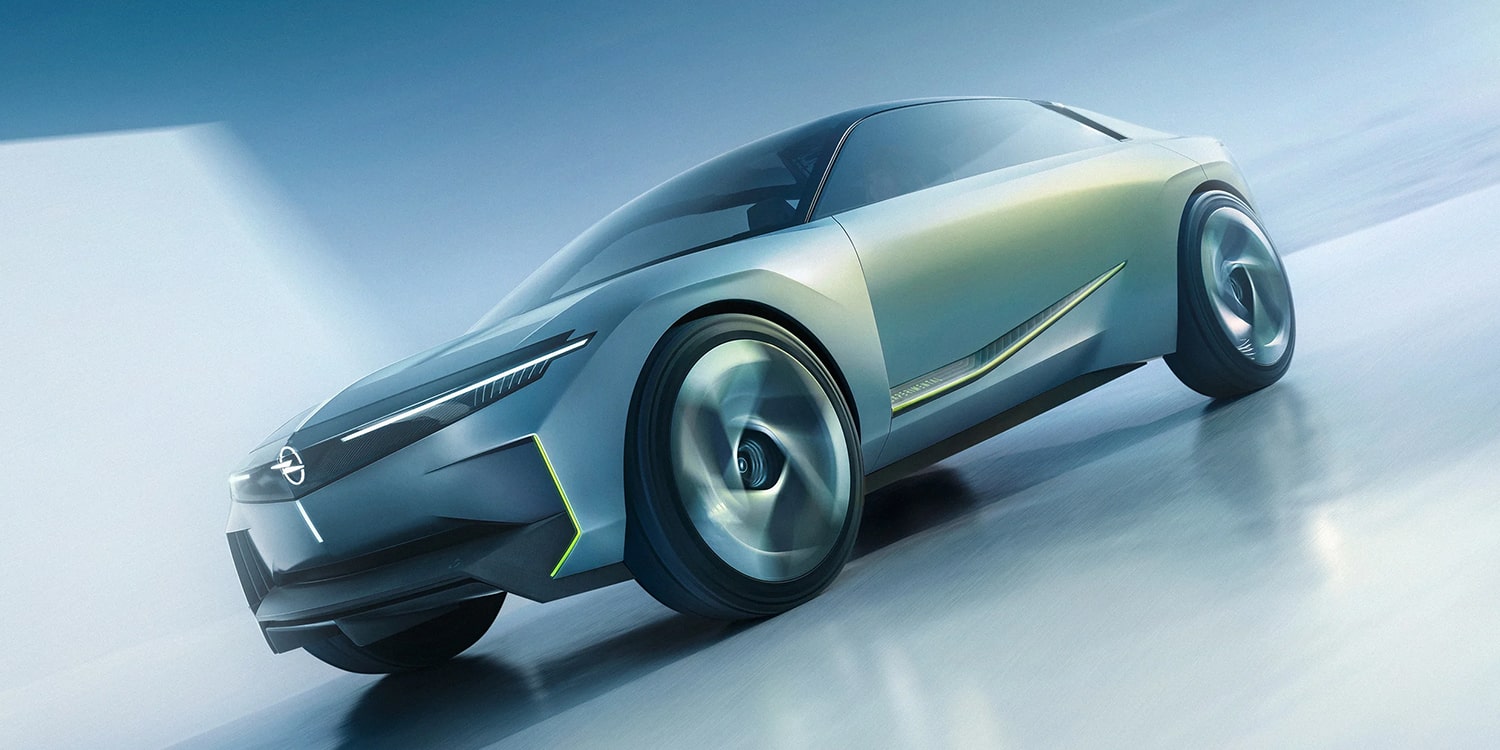A cutting-edge concept car, known as the H1st Vision, has been unveiled by a French consortium consisting of six prominent companies. Software République, established in 2021, comprises automotive manufacturer Renault Group, telecommunications giant Orange, semiconductor maker STMicroelectronics, electrical systems developer Thales, and computing firms Atos and Dassault. The consortium showcased its creation at the Viva Tech conference in Paris, which closely resembles Renault’s Scenic Vision SUV concept presented in 2022. However, the true significance of the H1st Vision lies not in its appearance but in its representation of the future of mobility, its collaborative development process, and the advanced technologies it embodies.
Software République aims to establish an open innovation ecosystem that promotes sustainable, sovereign, and safe mobility. By 2025, the consortium has set ambitious goals of offering services from over 50 start-ups across more than 50 markets. The H1st Vision serves as a tangible demonstration of this collaborative approach.
While the car was revealed as a physical vehicle, it also exists as a digital twin. This means that the consortium was able to design, simulate, and test products and innovations within the ecosystem at an accelerated pace. Throughout the development of the H1st, all partners were able to seamlessly communicate in real time through cloud-based platforms, facilitating the exchange of valuable information.
Furthermore, this collaborative process enabled the six founding members of Software République to invite seven start-ups to contribute their ideas and technologies to the development of the car.
Notable innovations resulting from this collaborative effort include biometric unlocking, which eliminates the need for a physical key fob by recognizing the driver’s unique physical characteristics. This data is securely stored in a Digital ID Wallet, simplifying tasks such as car rentals and license checks.
The H1st Vision is equipped with advanced technology that enables it to remotely locate, book, and pay for parking spaces. This functionality extends to charging stations as well, with vehicle-to-grid (V2G) compatibility allowing the car to supply electricity back to the grid when needed.
Safety is a paramount consideration in the design of the H1st Vision. Sensors integrated into the steering wheel and seat belt monitor the driver’s heartbeat and breathing rate, respectively. Regular analysis of this health data enables swift contact with healthcare professionals or emergency services in case of any issues.
The car’s condition is continuously monitored, utilizing both virtual sensors that employ machine learning and artificial intelligence, as well as physical sensors. This comprehensive approach ensures constant surveillance of critical components such as the battery, brakes, gearbox, and chassis.
Moreover, the H1st Vision incorporates vehicle-to-everything (V2X) technology, enabling seamless connectivity with the surrounding mobility ecosystem. The car can alert the driver of imminent danger through this connectivity.
“The H1st Vision concept car represents a connected, physical, and virtual object that showcases not only a robust collaboration method among the partners but also the synergistic integration of technologies from Dassault Systèmes, Orange, STMicroelectronics, Renault Group, and Thales to shape the future of mobility,” stated Eric Feunteun, Chief Operating Officer at Software République.

